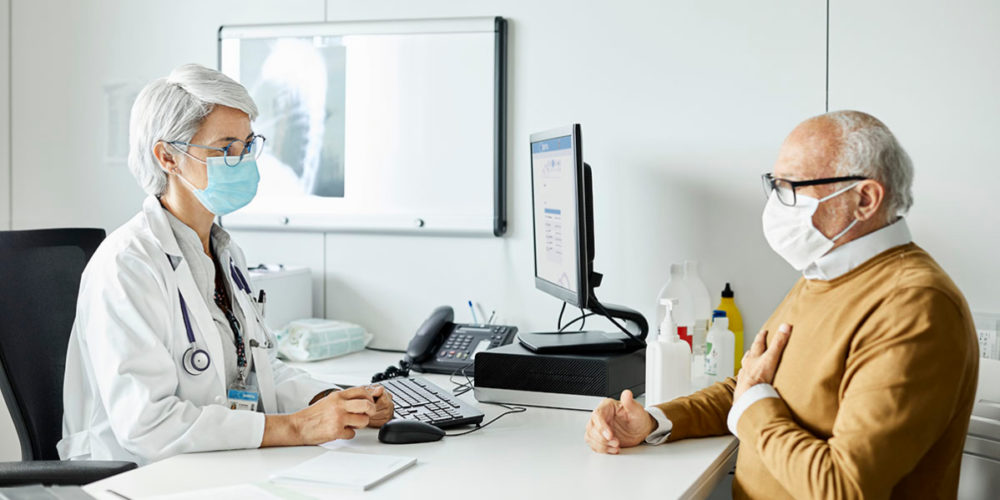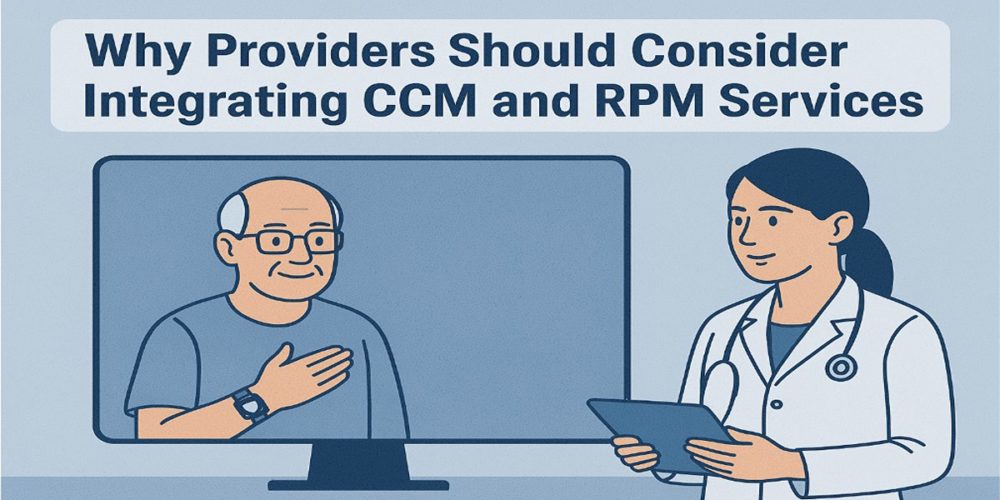As an independent primary care provider, you are at the forefront of managing patients with chronic conditions. The challenge of providing continuous, high-quality care between office visits can be daunting, but remote patient monitoring (RPM) offers a transformative solution. Here are the top three reasons why incorporating RPM into your practice can enhance patient care and improve outcomes.
#1. Proactive Patient Management and Early Intervention

RPM allows for continuous monitoring of patients’ vital signs and health data, enabling you to detect potential health issues before they escalate into serious problems. This proactive approach is particularly beneficial for managing chronic conditions such as diabetes, hypertension, and heart disease. By receiving real-time data, you can intervene early, adjusting treatment plans as needed and preventing complications that could lead to hospitalizations.1
For instance, our RPM system alerts our clinical monitoring team when a patient’s readings fall outside of set thresholds, allowing for timely interventions. This not only improves patient outcomes, but also enhances their quality of life by reducing the need for emergency care and hospital readmissions.2
#2. Enhanced Patient Engagement and Self-Management

One of the significant advantages of RPM is its ability to empower patients in managing their health. By providing patients with tools to track their health metrics, RPM fosters greater awareness and adherence to care plans. Patients become active participants in their healthcare journey, which can lead to improved health outcomes and satisfaction.
Moreover, RPM facilitates better communication between you and your patients. Through digital platforms, patients can easily reach out with questions or concerns, and you can provide guidance and support promptly. This continuous engagement helps build trust and encourages patients to take charge of their health, ultimately leading to better adherence to treatment plans.
#3. Streamlined Workflow and Cost Efficiency

Implementing RPM can significantly optimize your practice’s workflow by reducing the burden of in-person visits and allowing your team to focus on more critical tasks. With RPM, routine monitoring and data collection can be automated, freeing up time for you and your staff to concentrate on complex cases and direct patient care.
Additionally, RPM can lead to cost savings for both your practice and your patients. By minimizing unnecessary hospitalizations, RPM reduces healthcare costs and enhances the efficiency of care delivery. This not only benefits your practice financially but also makes healthcare more accessible and affordable for your patients.
Summing it up
In conclusion, remote patient monitoring offers a powerful tool for independent primary care providers to enhance chronic disease management. By enabling proactive care, fostering patient engagement, and optimizing workflows, RPM can transform your practice and improve patient outcomes. Embrace this technology to stay ahead in the evolving healthcare landscape and provide the best possible care for your patients.
To learn more about implementing RPM in your practice, check out our recent webinar, Remote Patient Monitoring Made Easy: Overcome Top Challenges and Transform Your Practice.
In this session, we share a practical approach to establishing a successful RPM program and highlight key factors to consider. Don’t miss this opportunity to gain valuable insights and take your practice to the next level.
Rob Sanchez, RN, MBA



